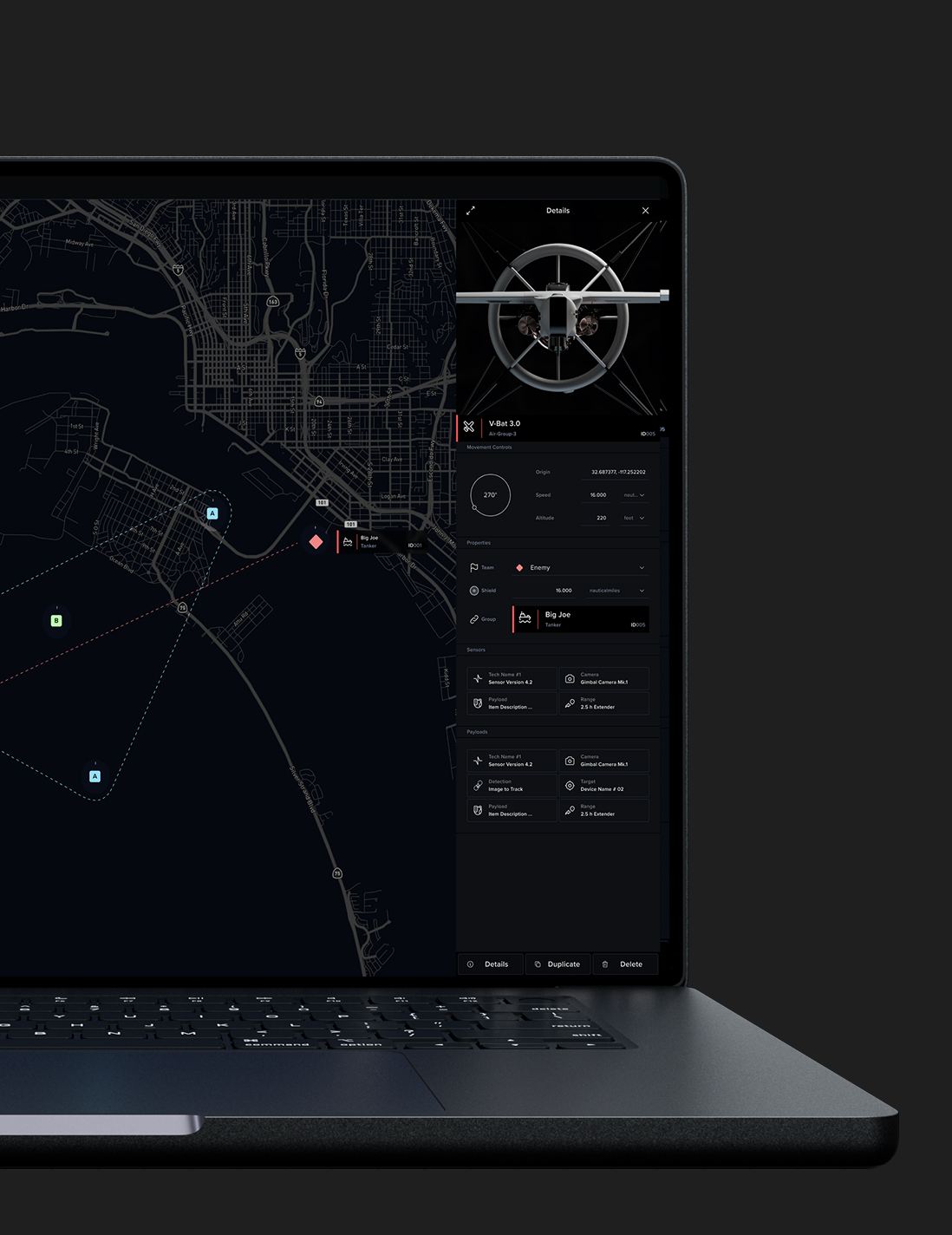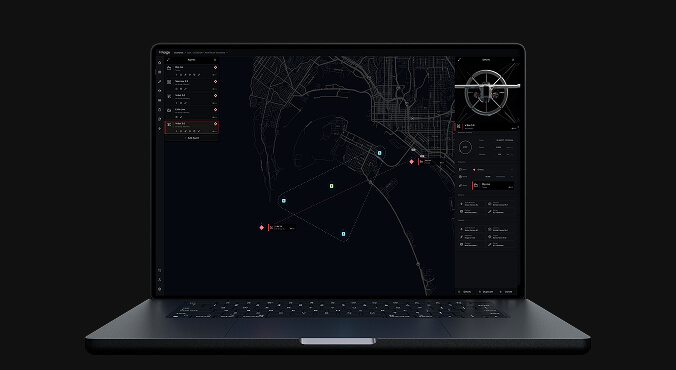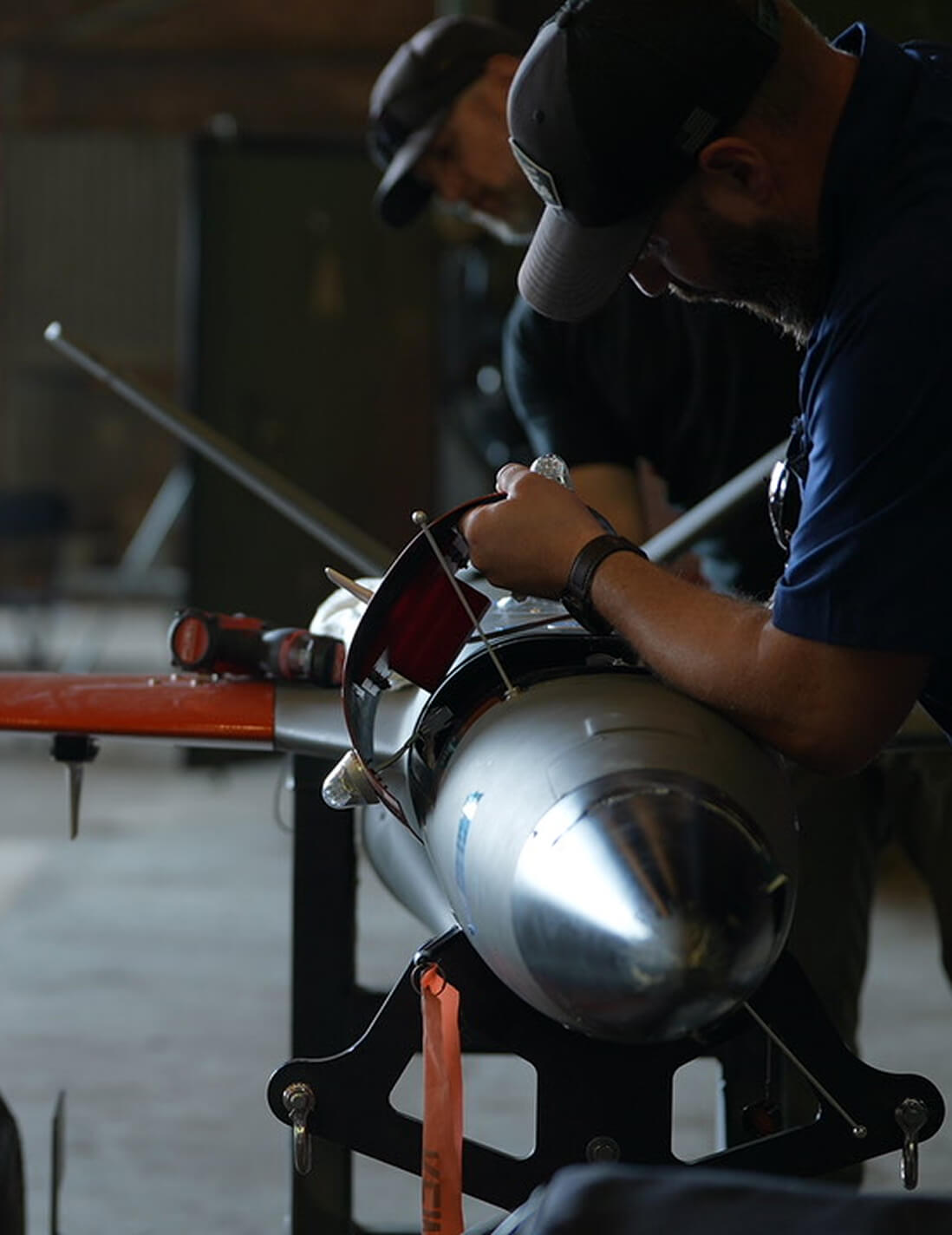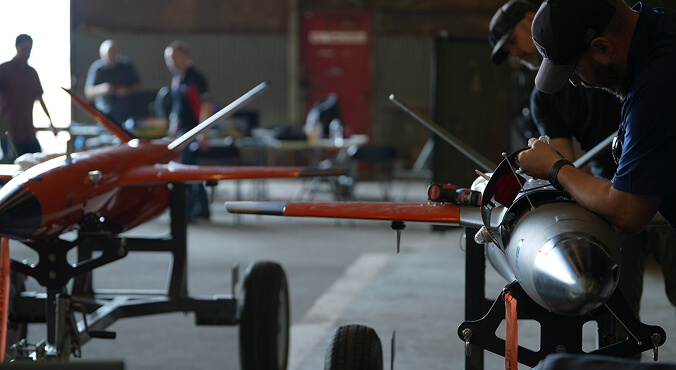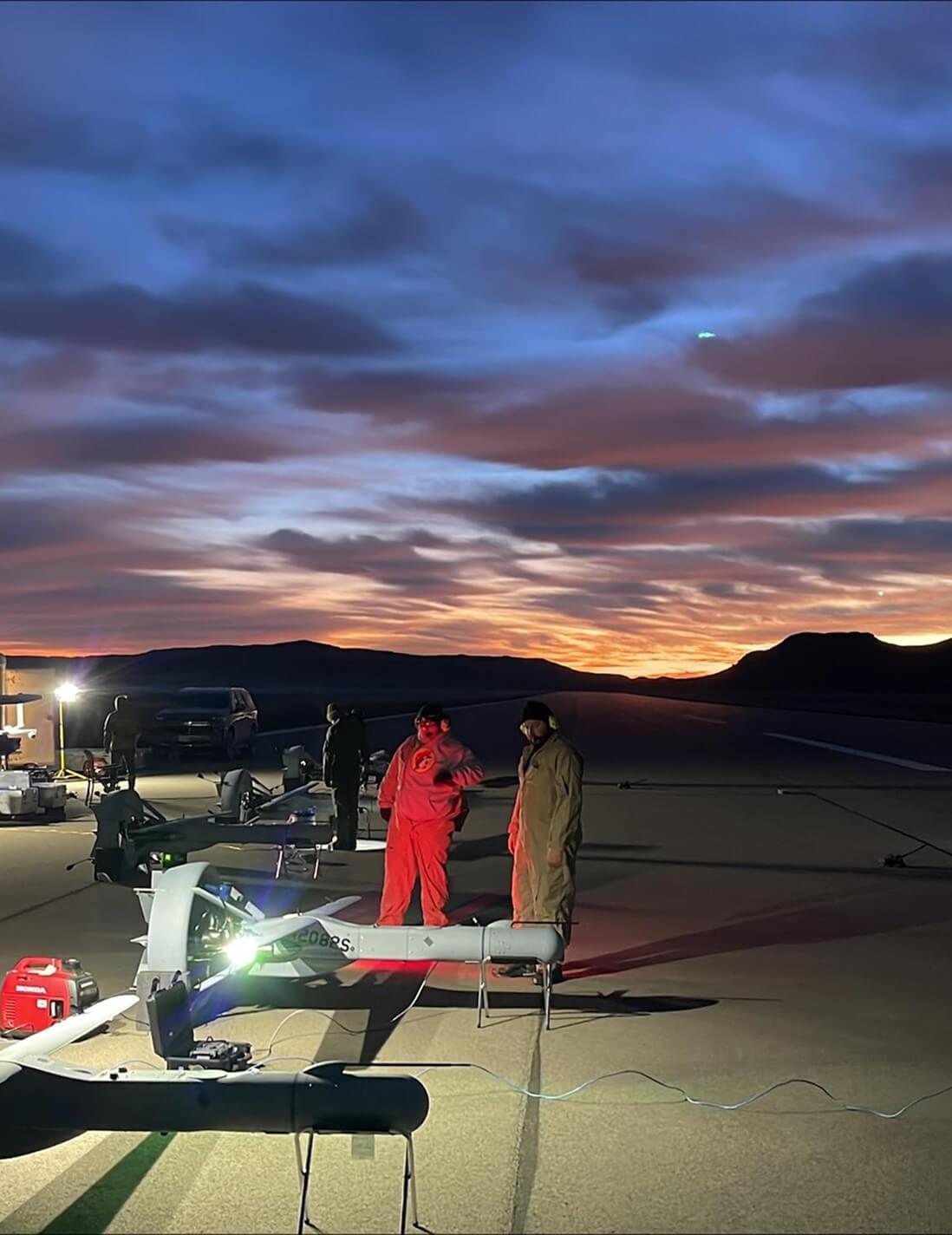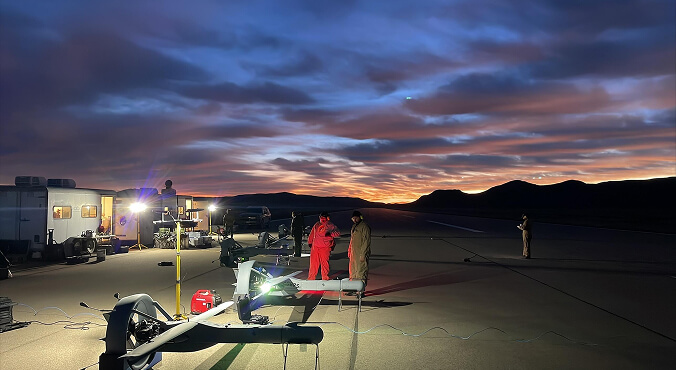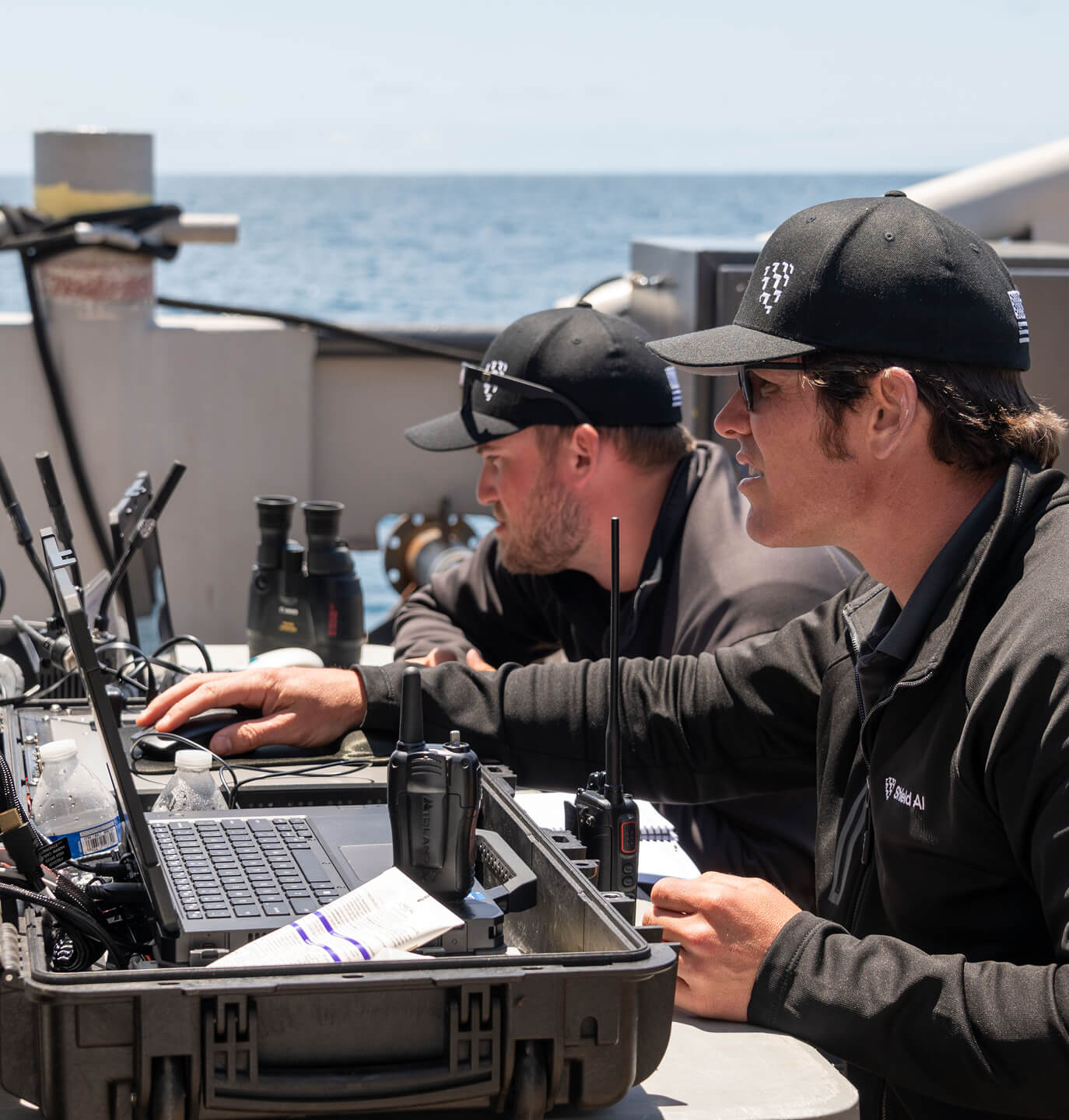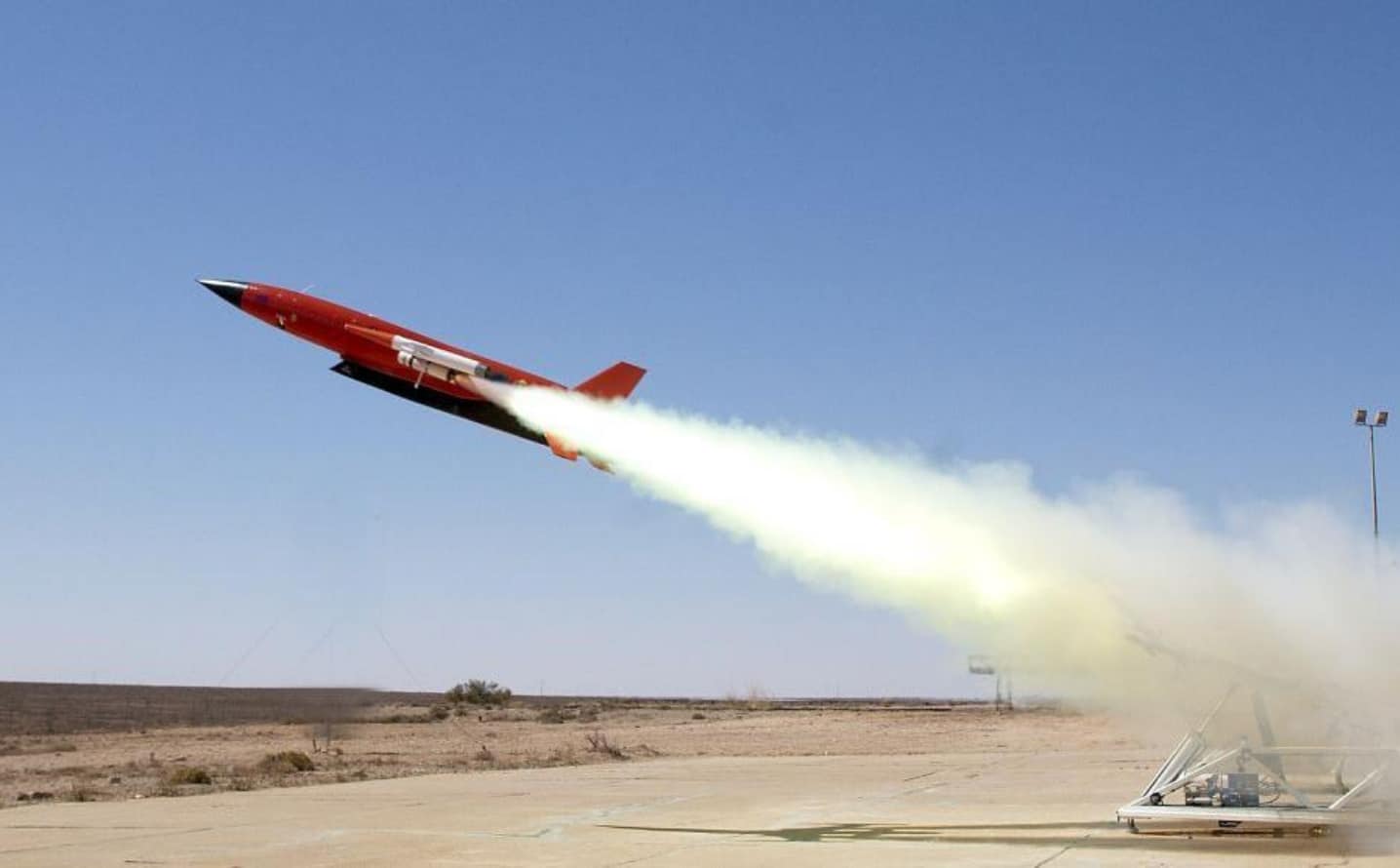[September 16, 2024]
Brandon Tseng’s Statement for U.S. House Armed Services Committee on Fielding Technology & Innovation
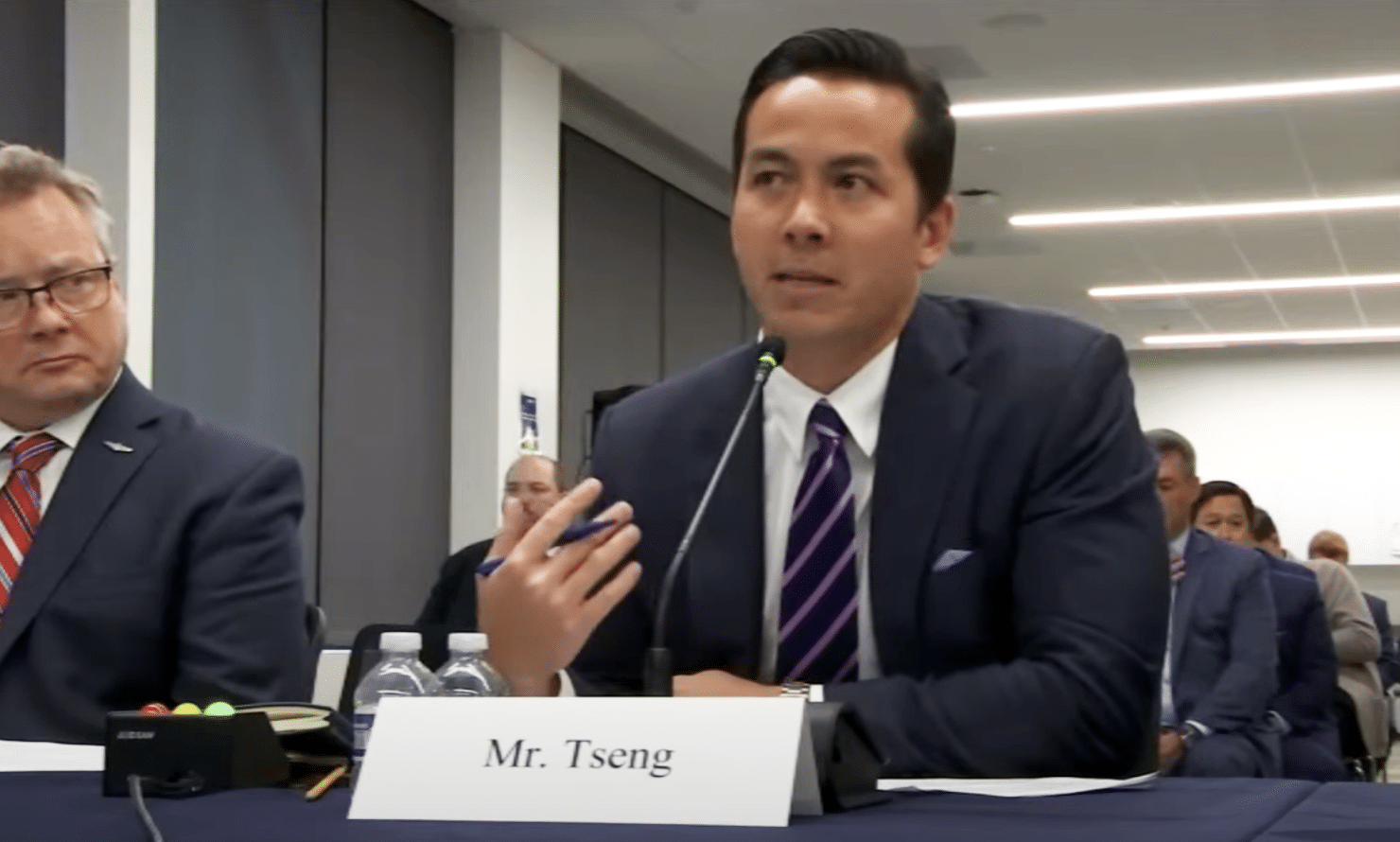
Written Statement:
Brandon Tseng, President and Co-Founder
Shield AI
September 16, 2024
Watch the entire U.S. House Armed Services Committee hearing here.
Chairman Rogers, Ranking Member Smith, and HASC members:
Intro and Background
Thank you for hosting this fielding hearing on acquisition. The legislative work you are doing is vital, and I appreciate your consideration and swift action. And thank you for your service.
My name is Brandon Tseng. I am the Co-founder and President of Shield AI, a nine-year old, multi-billion-dollar defense technology company I founded with my brother in 2015. I am an engineer and a former Navy SEAL and Surface Warfare Officer with deployments to the Pacific, and the Arabian Gulf, and twice to Afghanistan. Shield AI’s mission is to protect service members and civilians with artificially intelligent systems.
To achieve this mission, we are building the world’s best AI pilot, which is self-driving autonomy technology for aircraft. This technology enables drones to execute a mission without GPS, communications, or remote pilots. It also enables the concept of swarming. AI pilots that enable edge autonomy are critically important because Russia, China, and Iran are jamming GPS and communication links to stop our legacy drones and weapons that rely on GPS or communications, and have proliferated surface to air missile systems to stop our manned fighter jets. Air superiority – America’s most important conventional deterrent – has been eliminated.
One way we offset this is through the use of AI pilots. AI pilots enable swarms of drones to work together, decoupling military power from manpower. Soon, a single person will be able to effectively command and maneuver thousands of drones on the battlefield. An adversary military with a budget of $25 billion that effectively employs lower cost drones and autonomy will be able to decimate a military with an $800 billion budget without drones and autonomy. In the same way naval aviation transformed the naval force structures, shifting from battleship formations to carrier strike groups, autonomy and low-cost drones will transform existing military force structures.
Shield AI won the DARPA Alpha Dogfight in 2020, beating all other AIs and human pilots in simulation, and has been flying actual F-16s autonomously since 2022. We have more flight hours than any company in the world flying jet aircraft autonomously. The Secretary of the Air Force flew in one of our AI-piloted F-16 flights in May. We also build and manufacture an AI-piloted, vertical take-off launch and land drone, the MQ-35 V-BAT, that accomplishes the same mission as $40 million and $100 million aircraft at a fraction of the cost. The V-BAT is a U.S. Special Operations Command (USSOCOM) and U.S. Coast Guard Program of Record. It has interdicted billions of dollars of drugs in the Caribbean Sea, and found targets in the Indo-Pacific and Central Command Theatres with our Navy and Marine Corps. Most recently, it has been used by the Ukrainian military to successfully execute a first of its kind deep penetration targeting mission while GPS and communications were jammed, resulting in strategic effects for the Ukrainians. Our autonomous, AI-piloted indoor quadcopter, NOVA, has brought service members home safely to their families and played a life-saving role in hostage rescue operations in Israel.
My perspectives on acquisition in the Department of Defense (DoD) are informed by my experiences working through acquisition problems every single day for the past nine and a half years. I have personally led the effort to scale revenues from zero to hundreds of millions of dollars in the defense sector, something maybe only three to five people have achieved in the past 30 years. This experience has shaped my view on DoD acquisition.
Acquisition Reform: Requirements-based vs. Problems-based Acquisition
Henry Ford once stated, “If I asked people what they wanted, they would ask for faster horses”. The DoD, quite literally, has been buying faster horses for the past 60 years, and still loves to buy a faster horse. The F-22 is faster than the F-16; hypersonic missiles are faster than Tomahawks, the MV-22 Osprey is faster than the MH-60 Blackhawk. Some of these horses can run longer and carry more, and some are harder to see and come with special saddles and reins, but the general point remains. This is because the DoD acquisition process is not built to solve problems or innovate for the warfighter. It is built to fulfill requirements, and the DoD budget follows those requirements.
To remain relevant and competitive, the DoD must change from a requirements-based acquisition system to a problem-based acquisition system. Today, requirements documents and operational needs statements mandate that the warfighter propose the solution to a given problem. If this occurs, the proposed solution goes through tens of levels of consideration and validation before it even becomes a requirement. The requirement must then go through years of planning, budgeting, and staffing before a solution can be delivered to the warfighter. Sometimes this can take three years, other times it can take 20, just to get a faster horse.
This requirements framework and lengthy process disincentivizes companies from innovating. “We don’t lift a pen until the requirement is validated and budgeted,” is a phrase I have heard too many times from many traditional defense contractors. And why would they? They could build an engine that defies physics and allows an aircraft to carry one million tons, but if its speed doesn’t meet the requirement, it won’t be purchased until a new requirement is validated and budgeted in ten years.
If the U.S. Army of 1908 had the same DoD requirements-based acquisition system we have today in 2024, Henry Ford would have been presented with the requirement that, “the horse must only require 15 pounds of hay per day.” He would never have been able to meet this requirement, and cars would never have been introduced to soldiers. Further, how many Army requirements writers in 1908, the year that Model T was introduced, could write a requirement for an internal combustion engine? In 2024, how many DoD requirements writers can write a requirement around an AI-algorithm? They can’t, so they ask for faster horses.
No one at NASA wrote a requirement that the rocket must land. This is probably because they didn’t think it was possible or cost-feasible, because so many defense contractors had told them so. SpaceX recognized that the root problem of space exploration was cost of launch, and came up with novel hardware-software solutions to launch and land rockets. They brought cost down by 100x.
No one has written a requirement that a 120-pound drone must accomplish the same effects of a 10,000 pound drone that costs $40M and have AI onboard capable of piloting without GPS or communications and costs less than the surface to air missiles that are shooting it. But Shield AI has recognized the root problems of electronic warfare countermeasures, surface to air missile systems, and cost asymmetries between exquisite platforms and cheap missiles have denied U.S. air superiority; and we have built and deployed AI-piloted drones that solve this problem.
Unfortunately, 99% of DoD dollars continue to flow to existing and faster horses because that is what the requirements request. The DoD needs to shift funding and priorities toward solving problems instead of fulfilling requirements. To do this, we must transition from a requirements-based acquisition system to a problem-based acquisition system. The customer, i.e. the warfighter, should tell industry about their problems in the most intimate detail, then industry develops a novel solution. Instead of budgets being driven by requirements, budgets are driven by the problem-solving solution.
Software acquisition: Wins
Outside of major acquisition reform that moves away from requirements-based acquisition to problem-based acquisition, the DoD has experienced pockets of success because there are clever, smart, driven people who find and take advantage of the authorities already granted to them by Congress. This is not happening at scale and is certainly not institutionalized inside the DoD, but it is worth applauding the wins as good examples.
One example is the Air Force’s Next Generation Air Dominance family of systems program, which has bifurcated the acquisition process into hardware and software pathways. This acquisition strategy enables companies to focus on what they do best and brings non-traditional, software-first companies to the table. Equally important is that the program is structured around regular, incremental buys of hardware and software, keeping all vendors on contract and incrementally issuing task orders. This structure keeps vendors competing, producing actual products, and incentivized to perform. In many “traditional” programs where the vendor has won the whole program, the government is stuck with a system for 40 years despite poor performance, delays, cost overruns etc.
On the legislative side, one provision in the current House National Defense Authorization Act that I would highlight is Section 833, Autonomous Unmanned Aerial System Acquisition Pathways. This would create a contracting preference for the DoD to use a dual acquisition pathway for integrating autonomy onto new and existing military aircraft. The old model is a hardware focused competition, where the software is not selected as the best software, but often just happens to be the one subcontracted to a hardware prime. This usually delivers sub-par software. Instead, the new model competes hardware and software independently and simultaneously, allowing for a competitive process that reveals the best option for both, then integrates the hardware and software. It will deliver the best product for the warfighter, while increasing competition. This section builds upon the good efforts to integrate autonomous technology onto the new and existing aircraft, enabling these aircraft to be fundamentally survivable in the future fight. The DoD must enable aircraft with new autonomy capabilities that will be necessary to dominate on the battlefield, such as operations in GPS and comms denied environments. Lastly, I think Section 833 is complimentary to the committee’s language in the previous year’s NDAA around next generation jet aircraft programs in the U.S. Air Force and Navy. It’s worth noting there is similar language in the Senate bill, which will surely be conferenced.
Software acquisition: Challenges
While these are steps in the right direction that recognize the strategic importance of software in these programs, there are still major issues. The principal issue, once again, stems from misplaced budget priorities stemming from legacy requirements. There is still a massive cultural misconception in the DoD that software is “cheap”. “It’s just software.” “The cost to print software is free.” “Microsoft 365 is just $50/month.” These are just a few examples that fail to recognize the value, and costs, associated with software. Below is a visual representation of some of the investment levels for strategic capabilities from the DoD versus investment for select AI-products from commercial ventures.

Autonomy software will enable swarms of highly intelligent unmanned systems to operate in a dynamic battlefield environment. It resolves military personnel constraints by enabling a small four-person element to employ and effectively command thousands to millions of drones. Autonomy software is more important than stealth technology or GPS satellites were. “Autonomy is the hard part about what we’re doing…autonomy will pace how we think about China,” is how one senior DoD acquisition leader described it. But because autonomy is not hardware, the budget for these capabilities is not serious. This must change if the U.S. is to lead.
Closing
Many of the capabilities that are required to deter our adversaries will stem from software-first capabilities like edge autonomy or battle management systems. DoD requirements writers do not know how to write software requirements, and the requirements process is too lengthy to deliver the capabilities needed by our warfighter. There have been wins in bifurcating programs between hardware and software acquisition and buying regularly; but the software budgets pale to their value delivery and must be increased and scrutinized.
There are hard problems to solve, and I applaud leaders in Congress, the DoD, and industry, like Shield AI and the other companies present, that are committed to solving these problems. As a Navy SEAL, I have personally experienced the hard work and dedication exhibited by our servicemembers to deter conflict, protect the downtrodden, and bring stability to the world. The United States continues to be a beacon of hope and light for the rest of the world, built on enduring values that all are created equal and endowed with the unalienable rights of life, liberty, and the pursuit of happiness. I can think of no mission more honorable and noble, than making sure that beacon continues to burn bright. Thank you for having me before the committee today.
Primary Recommendation:
- Establish a new problem-based acquisition system outside and distinct from the Joint Capabilities Integrations and Development System.A. The problem-based acquisition system shall center around problems to be solved and evaluation criteria around solutions shall dictate no specific requirements.B. Flexible budgeting and resourcing shall be provided for this problem-based acquisition system and center principally around value provided (instead of cost).
C. The problem-based acquisition system shall target 25% adoption of major acquisition efforts in three years. That is to say 25% of all RDTE, O&M, and Acquisition dollars shall be spent under this new acquisition system.
D. The problem-based acquisition system shall be developed, implemented, and led by a command to be determined and/or established that will be evaluated on the number and percentage of problems solved.
Other Recommendation:
- Establish pre-deployment training policy that shall have all major deploying units execute at least two full mission profiles and major squadron/ combined arms integration exercises under electronic warfare environmental conditions (GPS jamming/spoofing; Communications jamming).A. Reports on the survivability of U.S. weapons, ISR, C2 systems shall be generated within 30 days of said exercises.
-
